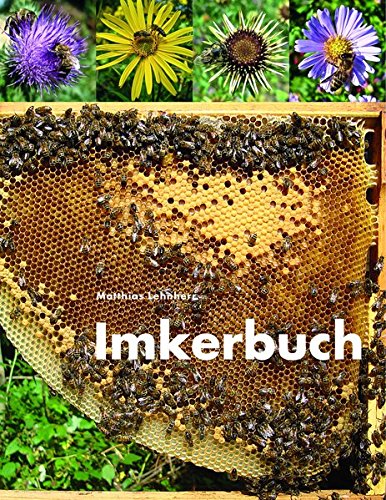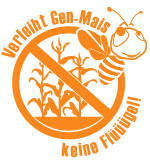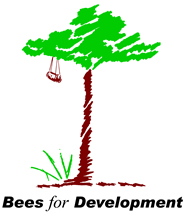| Abstract |
Bee pollen is composed of flower pollen mixed with nectar and bee secretions. It is an apicultural product, which is used for its nutritional value in the human diet. It contains carbohydrates, vitamins, lipids, fats, minerals and flavonoids which are regarded as protective agents [1]. It is well known that the phenolic composition of pollen principally consists of flavonol glycosides and hydroxycinnamic acids [2]. This composition tends to be species-specific and has been related to its therapeutic properties. The plants of genus Cistus have been used in folk medicine due to their anti-inflammatory, antimicrobial and skin photo-protection properties [1]. Cistus creticus (Cistaceae) has been traditionally used as infusion and/or decoction of the dried leaves for external use as anti-inflammatory agent, and peros against cough and cold as well as against mouth irritations. The Cretan Cistus creticus bee-pollen, which has never been studied phytochemically before, was studied. From the butanolic extract, flavonoids as kaempferol and quercetin and glucosides of them have been isolated. Their structural elucidation was determined by modern spectral means 1D- and 2D-NMR.
Furthermore the total polyphenolic content of the sample as well as its antimicrobial profile has been studied showing very interesting results. It has been previously reported as interesting that Cistus ladanifer bee pollen from Spain contains a large number of flavonoids, while other pollens contained much fewer [3]. Since flavonoids compose a proposed marker that can distinguish the bee-collected pollens of different flora origins [4], the analysis of different samples will be a very useful tool for the correlation of pollen with its botanical origin. |
 Lehnherr, Mathias (8. Aufl. 2017) [1992]: Imkerbuch
Lehnherr, Mathias (8. Aufl. 2017) [1992]: Imkerbuch


